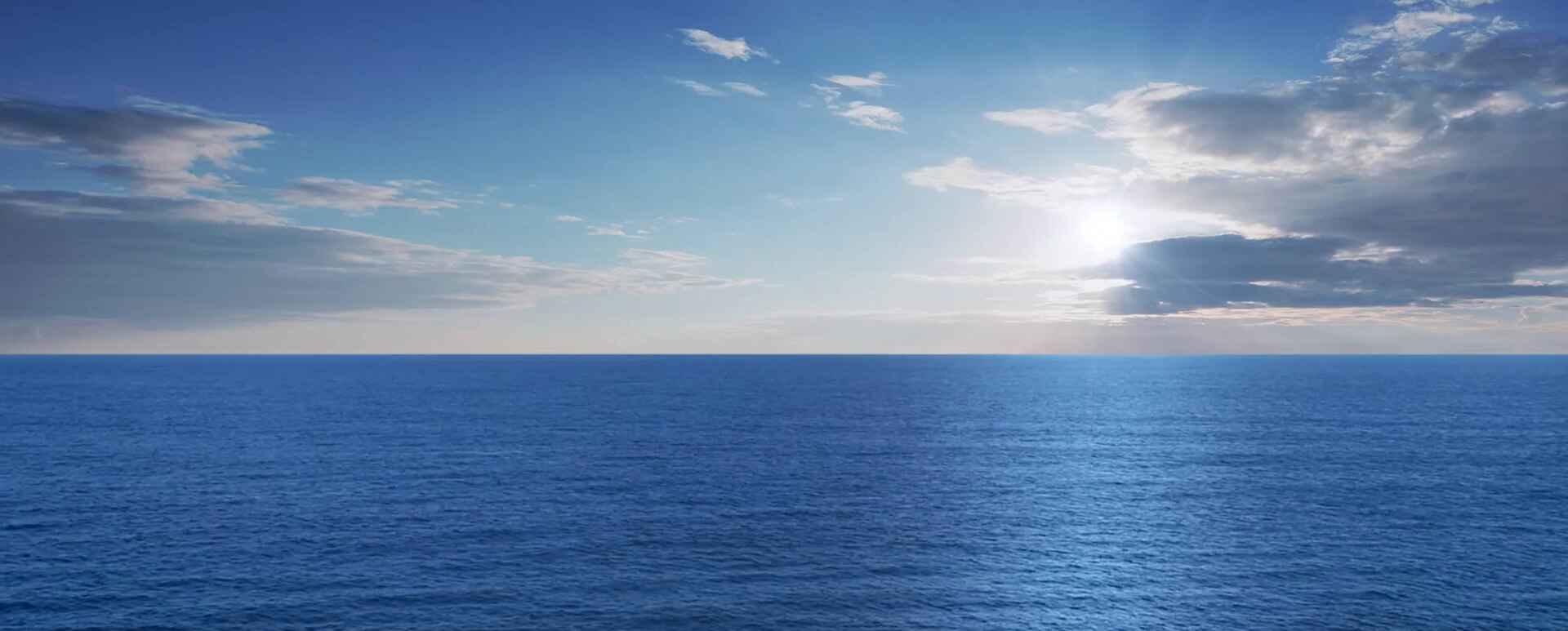Clean Manufacturing Preserves Clean Air and Water

To do our part for the environment, Xerox is working toward eliminating the use of persistent, bioaccumulative and toxic materials throughout the supply chain. We apply strict internal standards in clean manufacturing and have reengineered or substituted processes to dramatically reduce the use of toxics and heavy metals. Our products are safe to use and can be disposed of responsibly to preserve our clean air and clean water
Eliminating Toxic Materials from the Supply Chain
- Our suppliers must meet Xerox’s strict standards to control the chemical content of our products. Xerox is a member of the Responsible Business Alliance (RB) which has developed a standards-based approach for monitoring suppliers’ compliance across several areas of social responsibility, including labor, health, safety and environmental activity.
Controlling chemical and water use in Xerox operations and through product design
- We have significantly reduced manufacturing air emission over the past 20 years and we continue to pursue efforts to do even more.
- We design our products to strictly control emissions of chemicals and noise during equipment use. Our current products have chemical emission levels that are well below global regulatory requirements.
- Xerox toners are non-toxic and do not generate hazardous waste.
- Water consumed by Xerox operations is sourced from local municipal suppliers who withdraw water from lakes rivers and other surface waters. The water discharges at manufacturing sites are monitored as necessary to validate compliance with local sanitary sewer discharge limits. Wastewater from manufacturing processes is treated, as necessary, before being discharged into local sanitary sewers.
- We also strive to preserve the planet by recycling water. A program initiated in mid-2016 at our plant in Wilsonville, Oregon utilizes reverse osmosis reject water from reuse in onsite cooling towers. During 2017, more than 300,000 gallons (1.14 million liters) of reject water were reused onsite in cooling towers.
- In 2017, we achieved our goal to reduce water consumption by 35 percent (against a 2010 baseline), years ahead of our targeted date of 2020. Our annual water consumption was down 46 percent due to a combination of conservation initiatives and production declines.
